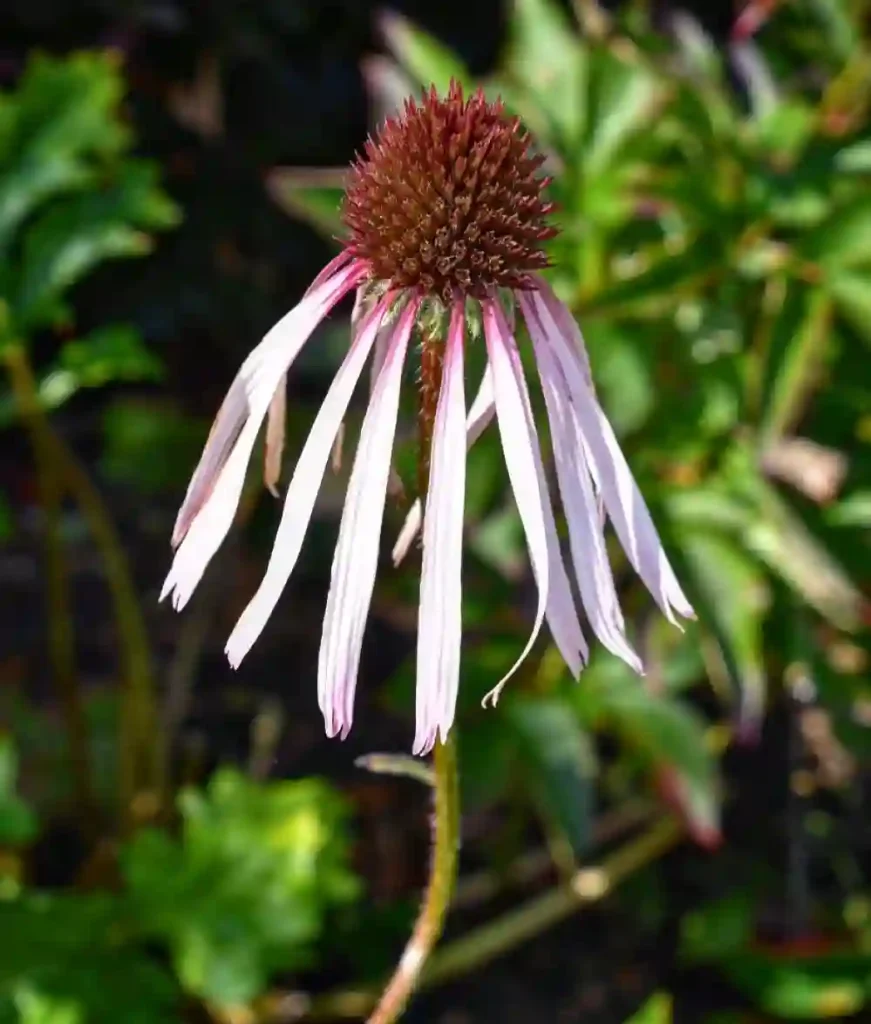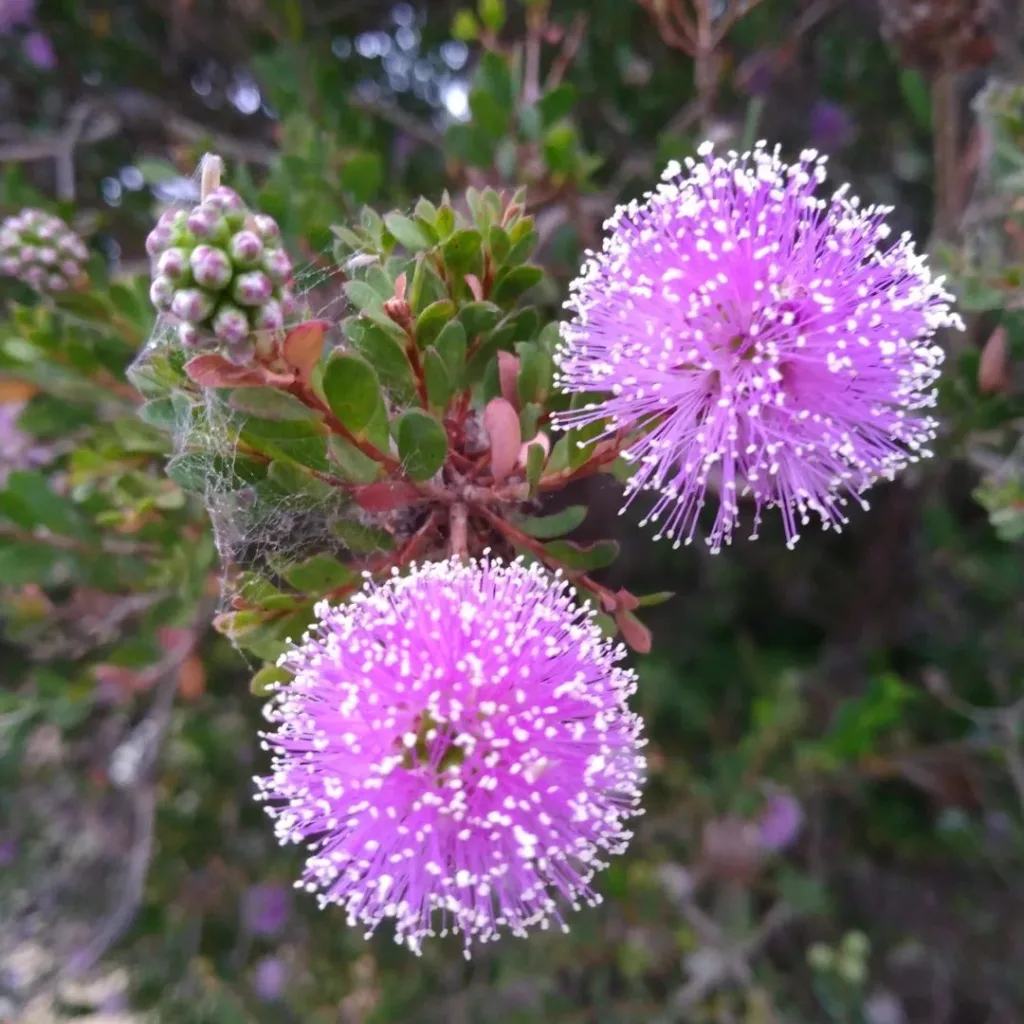
FAQs About Hazelnut Tree
As someone deeply interested in horticulture and the nuances of growing various plants, I find the Hazelnut Tree particularly intriguing. Whether you’re a seasoned gardener or a curious beginner, understanding the ins and outs of this versatile tree can enhance your gardening experience. Let’s dive into some frequently asked questions about Hazelnut Trees, covering everything from their appearance to their growth habits and care.
What Does a Hazelnut Tree Look Like?
A Hazelnut Tree, or Corylus Avellana, is quite distinctive in appearance. These trees typically have a rounded, bushy form with multiple trunks or stems. Their leaves are broad, rounded, and have a serrated edge, which gives them a somewhat coarse texture. In the fall, the leaves turn a lovely yellow or golden color before dropping. The Hazelnut Tree also produces small, catkin-like flowers in early spring that eventually develop into the edible nuts we’re familiar with. The nuts themselves are encased in a husk, which splits open when they mature.
Where Do Hazelnut Trees Grow?
Hazelnut Trees thrive in temperate climates. They are native to regions of Europe, Asia, and North America. In the United States, they are commonly grown in the Pacific Northwest, including Oregon, which is known for its large hazelnut industry. These trees prefer well-drained soil and a sunny location but can tolerate partial shade. They are not as frost-resistant as some other trees, so it’s essential to choose a site that avoids late spring frosts.
How Big Do Hazelnut Trees Get?
Hazelnut Trees generally reach a height of 10 to 15 feet, but they can sometimes grow up to 20 feet under ideal conditions. They also tend to spread out, with a similar width to their height. This makes them suitable for smaller gardens as they can be kept compact with regular pruning. If you’re looking for a tree that offers a bit more privacy or a natural screen, the Hazelnut Tree’s size makes it an excellent choice.
How Fast Do Hazelnut Trees Grow?
In terms of growth rate, Hazelnut Trees are relatively moderate. They can grow about 12 to 24 inches per year once they are established. Young trees may take a few years to start producing nuts, usually beginning around three to four years old. However, for the best yield, you might need to wait up to seven years. Regular watering and proper soil conditions can help accelerate their growth.
How to Plant Hazelnut Trees?
Planting a Hazelnut Tree involves a few straightforward steps. Start by selecting a location with well-drained soil and ample sunlight. Dig a hole twice the width of the root ball and just as deep. Place the tree in the hole, ensuring that the top of the root ball is level with the surrounding soil. Backfill the hole with soil, tamping it down gently to remove air pockets. Water the tree thoroughly to settle the soil. Adding mulch around the base can help retain moisture and suppress weeds.
How Far Apart to Plant Hazelnut Trees?
When planting Hazelnut Trees, spacing is crucial for their healthy growth. Ideally, you should space the trees 12 to 20 feet apart. This allows each tree enough room to grow and spread without competing too much for resources. Proper spacing also helps with air circulation and reduces the risk of disease.
Are Hazelnut Trees Deciduous?
Yes, Hazelnut Trees are deciduous. They shed their leaves in the fall, which is typical for trees in temperate climates. This seasonal change is not only a natural part of their life cycle but also contributes to the health of the tree by allowing it to conserve energy during the colder months.
Are Hazelnut Trees Self-Pollinating?
Hazelnut Trees are not entirely self-pollinating. They produce both male and female flowers, but cross-pollination is usually necessary for a good nut yield. Planting more than one Hazelnut Tree increases the chances of successful pollination. Trees should be spaced within 50 to 100 feet of each other to facilitate pollination by wind or insects.
How to Care for Hazelnut Trees?
Caring for Hazelnut Trees involves a few key practices. Regular watering is essential, especially during dry periods. Fertilize the trees in early spring with a balanced fertilizer to promote healthy growth and nut production. Pruning is also important; remove any dead or diseased wood and shape the tree to maintain an open canopy for better air circulation. Keep an eye out for pests and diseases, such as hazelnut blight or aphids, and take action as needed.
How to Propagate Hazelnut Trees?
Propagating Hazelnut Trees can be done through several methods. The most common technique is through suckers or root divisions. Simply dig up a sucker from an established tree and replant it. Alternatively, you can propagate Hazelnut Trees from seed, though this method requires patience and often results in longer waiting times before the tree starts producing nuts.
What to Plant With Hazelnut Trees?
When planting companion plants with Hazelnut Trees, consider species that complement their growth and requirements. Plants like raspberries, strawberries, or herbs such as mint and oregano can thrive alongside Hazelnut Trees. These companions often benefit from the tree’s partial shade and can help with soil health through natural mulch.
Is It Toxic?
Hazelnut Trees are not toxic. The nuts themselves are edible and are used in a variety of culinary applications, from baking to making spreads. However, if you have allergies to nuts, it’s best to avoid direct contact with the nuts and leaves.
Benefits of Hazelnut Trees
Hazelnut Trees offer numerous benefits. They provide delicious, nutritious nuts rich in healthy fats, vitamins, and minerals. The trees also add aesthetic value to gardens with their attractive foliage and structure. Additionally, Hazelnut Trees can act as a natural windbreak and enhance biodiversity by attracting pollinators.
Common Problems with Hazelnut Trees
Hazelnut Trees can face a few common issues. These include hazelnut blight, which can cause leaf spots and dieback, and various pests like aphids or mites. Regular inspection and proper care can help manage these problems. Ensuring good air circulation and avoiding overhead watering can also reduce the risk of fungal diseases.
Comparing Hazelnut Trees to Other Nut Trees
When compared to other nut trees like walnut or almond, Hazelnut Trees are generally smaller and easier to manage. They require less space and can be a good choice for smaller gardens. However, unlike walnut trees, which may have more significant shade issues, Hazelnut Trees can be more accommodating for companion planting and garden diversity.
I hope this guide has provided a clear overview of Hazelnut Trees and answered some of the common questions you might have. Whether you’re considering planting one in your garden or just curious about their growth, understanding these aspects will help you appreciate the value and beauty of this remarkable tree.



